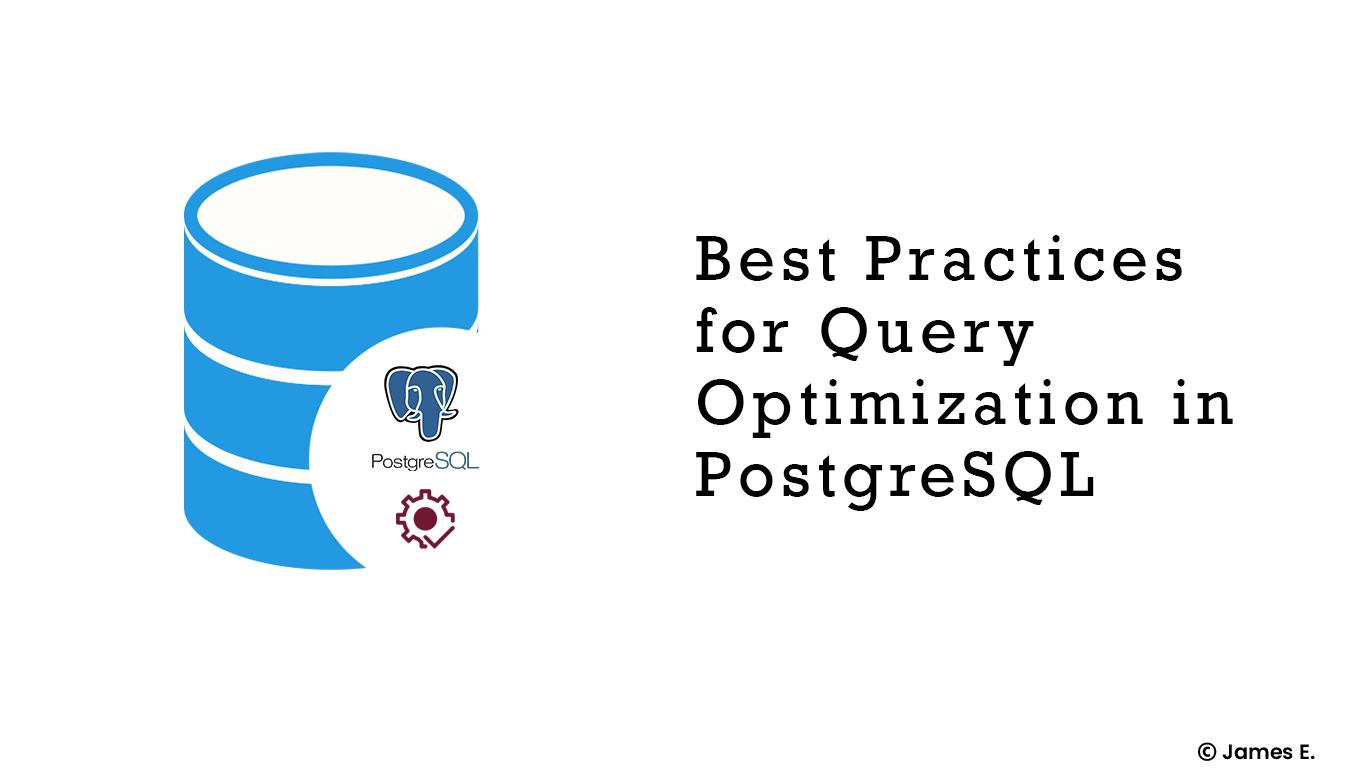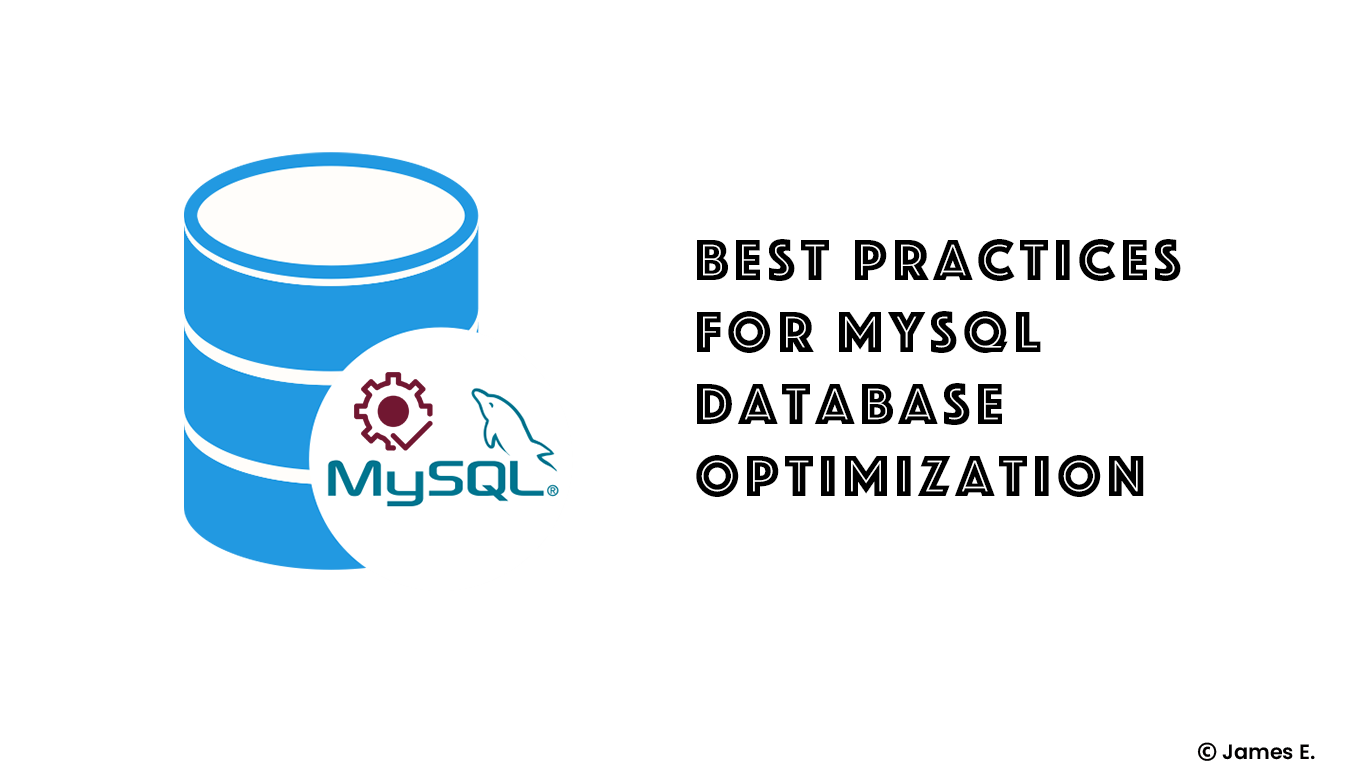
PostgreSQL, known for its robustness and advanced features, is a popular choice for relational database management. However, as your database scales, query performance can become a bottleneck, affecting the overall efficiency of your application. To ensure optimal performance, it's essential to follow best practices for query optimization. In this article, we'll discuss key strategies such as proper indexing, writing efficient queries, choosing appropriate data types, server configuration, and regular maintenance. Whether you're a seasoned database administrator or just starting out, these tips will help you get the most out of your PostgreSQL database.
Proper Indexing
Indexes are crucial for speeding up query performance in PostgreSQL. They allow the database to locate and retrieve data more efficiently, especially with large datasets. However, improper indexing can have the opposite effect, leading to slower performance.
Best Practices:
- Identify Frequently Queried Columns: Use the
EXPLAINstatement to analyze query execution plans and identify which columns are frequently used in WHERE clauses. Indexing these columns can significantly improve performance. - Use Composite Indexes: When a query filters by multiple columns, composite indexes can be more efficient than multiple single-column indexes. For example, if you're often filtering by both
customer_idandorder_date, a composite index on both columns could boost performance. - Avoid Over-Indexing: While indexes improve read performance, they can slow down write operations. Be mindful of creating too many indexes, and focus on those that offer the most benefit.
CREATE INDEX idx_customer_order ON orders (customer_id, order_date);
Writing Efficient Queries
Writing efficient queries is essential to prevent unnecessary resource usage and to ensure fast response times. Poorly written queries can lead to high CPU and memory consumption, slowing down your entire application.
Best Practices:
- Explicitly List Required Columns: Avoid using
SELECT *in your queries. Instead, specify only the columns you need. This reduces the amount of data processed, leading to faster execution times. - Leverage
LIMIT: Use theLIMITclause to reduce the number of rows returned, especially when paginating results. This can greatly reduce the workload on your database. - Avoid Unnecessary Subqueries: Subqueries can be expensive, particularly in large tables. Instead, use
JOINoperations or Common Table Expressions (CTEs) when appropriate to simplify and optimize your queries.
SELECT customer_id, order_date FROM orders WHERE customer_id = 123 LIMIT 10;
Choosing Appropriate Data Types
Choosing the correct data types for your columns is crucial for both storage efficiency and query performance. Using data types that are too large or not well-suited for the data can lead to wasted space and slower queries.
Best Practices:
- Use the Smallest Suitable Data Type: Opt for data types that are just large enough to store your data. For example, use
SMALLINTfor small integers rather thanINTto save space. - Avoid Unnecessary Use of
TEXTorBYTEA: These data types are useful but can be slow to retrieve and manipulate. Use them only when necessary, and consider alternatives likeVARCHARwith a length constraint for text data. - Leverage Native Date/Time Types: PostgreSQL provides robust support for date and time data types. Use
DATE,TIMESTAMP, orINTERVALappropriately to take advantage of PostgreSQL's powerful date/time functions.
Server Configuration
Optimizing your PostgreSQL server configuration is essential for achieving the best performance. Properly tuned server settings can significantly enhance query execution and overall database performance.
Best Practices:
- Allocate Sufficient Memory: Ensure that your server has enough memory to handle the workload. Parameters like
shared_buffersandwork_memshould be configured based on your system's capabilities and the nature of your queries. - Tune the
maintenance_work_mem: This setting affects the performance of maintenance tasks likeVACUUMandCREATE INDEX. Allocating more memory to this setting can speed up these operations, especially on large tables. - Optimize
max_connections: Set themax_connectionsparameter based on the expected number of concurrent connections. Too many connections can lead to contention and reduced performance, while too few can result in underutilization of resources.
ALTER SYSTEM SET shared_buffers = '2GB';
Regular Maintenance
Regular maintenance tasks are vital for keeping your PostgreSQL database running smoothly. As your database grows, it can become fragmented and require periodic cleanup to maintain optimal performance.
Best Practices:
- Regularly Run
VACUUM: This command reclaims storage occupied by dead tuples and updates statistics for the query planner. RunningVACUUMregularly can prevent bloat and ensure your database remains responsive. - Monitor and Analyze Performance: Use PostgreSQL's built-in tools like
pg_stat_activityandpg_stat_statementsto monitor query performance and identify slow-running queries that need optimization. - Regular Backups: Regularly back up your database to prevent data loss in case of a failure. Use tools like
pg_dumpor set up a continuous archiving process withWAL(Write-Ahead Logging).
Conclusion
Optimizing your PostgreSQL queries is critical for maintaining high performance as your application scales. By following best practices such as proper indexing, writing efficient queries, selecting appropriate data types, tuning server settings, and performing regular maintenance, you can ensure that your PostgreSQL database operates at peak efficiency. Stay proactive in monitoring and optimizing your database to provide a seamless experience for your users.

